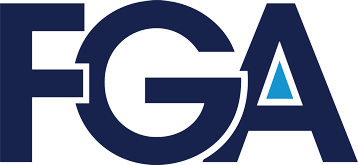The problem: States are attacking workers
Occupational licensing has grown rampant in recent years. Occupational licensure now affects more American workers than minimum wage laws or unionization.
In the 1950s, fewer than five percent of U.S. workers were required to have a state-issued license to work. Today, this number has risen to nearly 30 percent. Individuals in occupations ranging from lawyers, doctors, and psychiatrists to barbers, electricians, and plumbers must obtain a license to work in their chosen field.
The number of individuals experiencing the burden of student loan debt is also on the rise.
Today, student loans take up 12 percent of a person’s monthly paycheck for 40 percent of young, working-age adults. Student debt is now the second-largest source of household debt after housing, and is the only form of consumer debt that continues to grow post-Great Recession. The number of people who default on their student loans has recently increased as well, with more than 11 percent of borrowers falling into default. By 2023, it is estimated that nearly 40 percent of borrowers will default on student loans.
Unfortunately, student debt does not just affect those with a degree. Many “noncompleters,” or individuals who never completed their schooling, are left with substantial loans to pay off without the degree to show for it.
Mounting student debt is a crisis for far too many Americans. But rather than helping these struggling workers, states are doubling down with an all-out assault on work.
